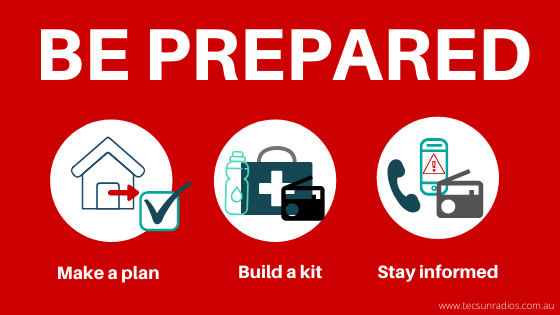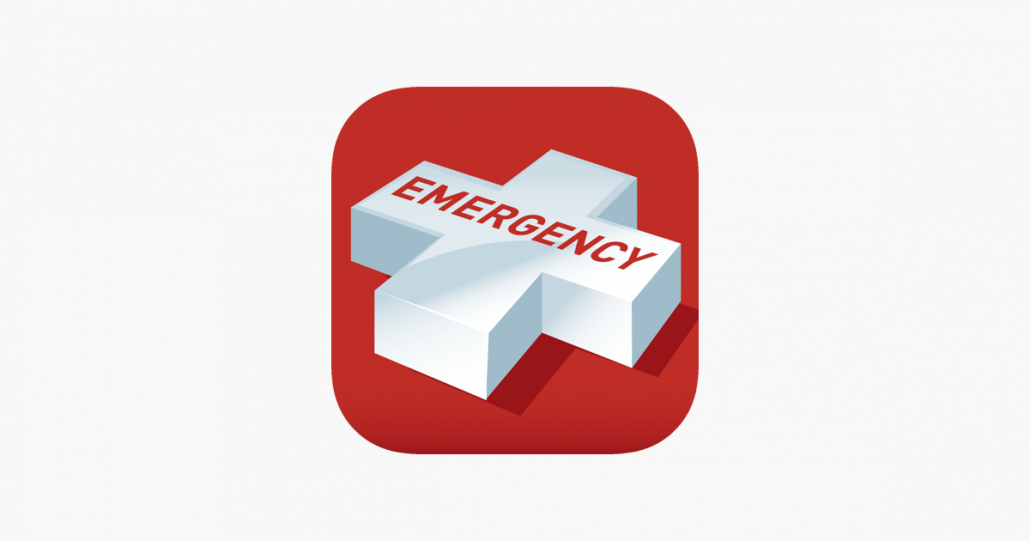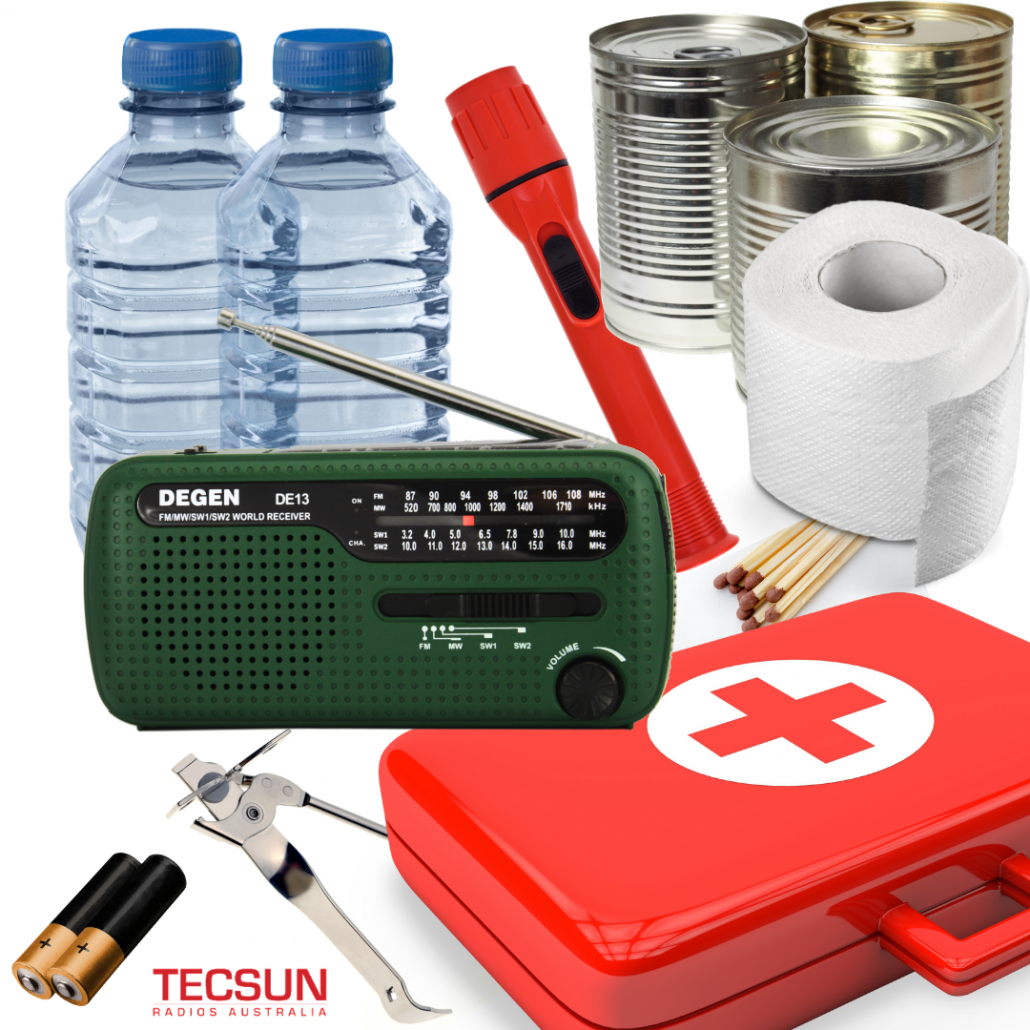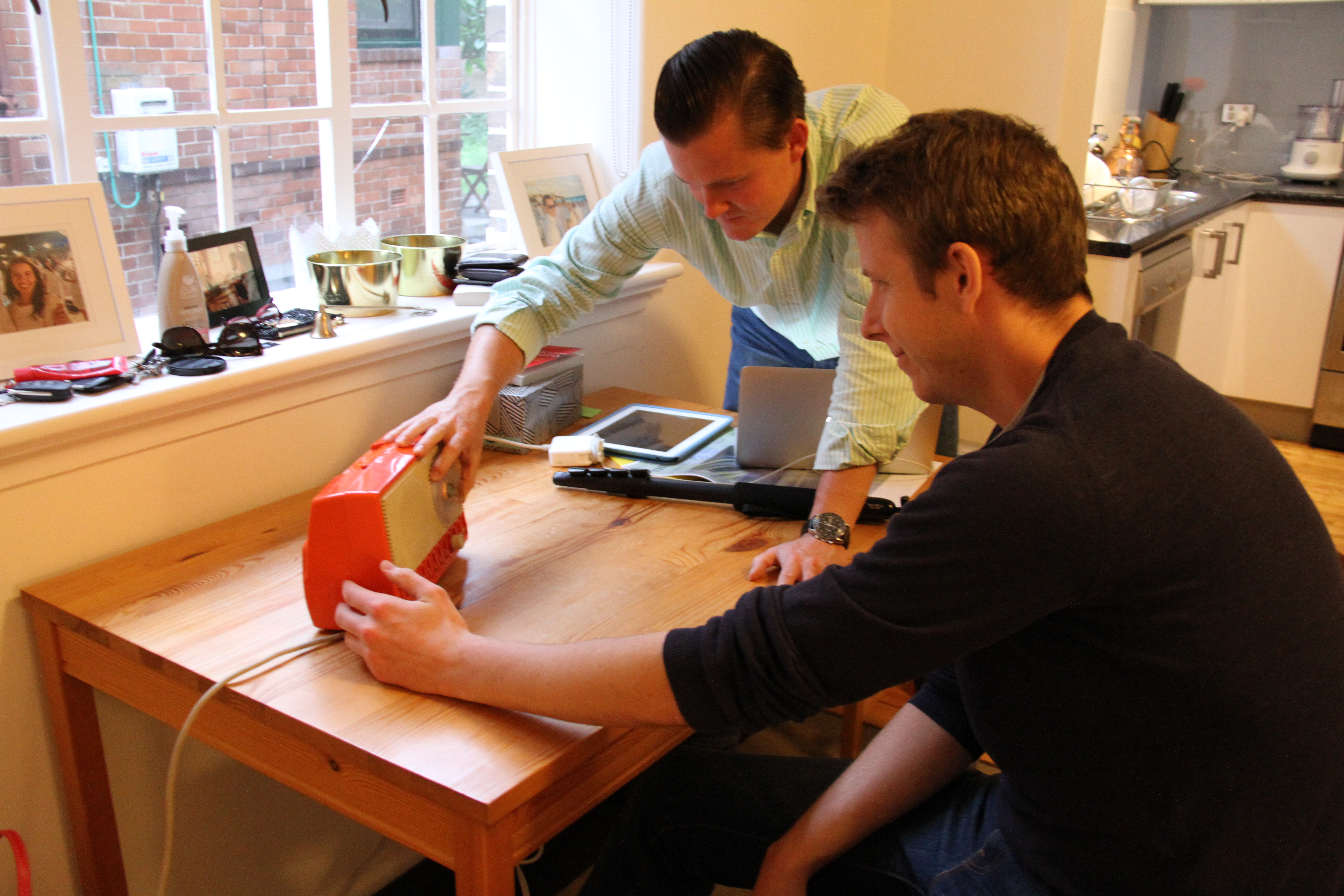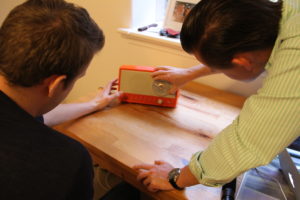
This blog is perfect to share with younger generations, be that grandkids, nieces, nephews, and friends! We even have some fantastic dot to dot drawings printed in the back of our shortwave radio listener guides that come free with all radios purchased on our webstore. Perfect for the upcoming school holidays!!!
Hey there, curious minds! Are you ready to embark on a scientific adventure that combines learning, exploration, and a touch of magic? Today, we’re diving into the captivating world of shortwave radio and discovering how this fascinating technology can be an educational powerhouse for kids like you. So, buckle up, grab your lab coats, and let’s dive into the science of shortwave radio!
What is Shortwave Radio?
Shortwave radio is a form of radio communication that uses high-frequency signals to transmit messages over long distances. Unlike FM or AM radio, shortwave signals can bounce off the Earth’s atmosphere and travel across continents, making it possible to tune in to stations from around the world.
The Science Behind Shortwave Radio:
Shortwave radio operates on a principle called “skywave propagation.” It involves the reflection and refraction of radio waves in the Earth’s ionosphere, a layer of charged particles high in the atmosphere. When shortwave signals encounter the ionosphere, they can be refracted or bounced back to the Earth’s surface, allowing them to travel far beyond the transmitter’s line of sight.
Exploring Radio Wave Behavior:
Understanding the behavior of radio waves is like uncovering a secret code. With shortwave radio, you can experiment and observe how different factors affect signal strength and quality. For instance, you can build your own simple antennas using everyday materials to discover how their size, shape, and positioning affect reception. It’s a hands-on way to learn about physics, electromagnetism, and the importance of engineering in communication systems.
Language Learning and Cultural Exploration:
Shortwave radio provides a unique opportunity to explore different languages and cultures from the comfort of your own home. Tune in to stations broadcasting in various languages and experience the beauty and diversity of global communication. Immerse yourself in different accents, music, news, and stories, expanding your language skills and developing a global perspective.
Building Emergency Preparedness Skills:
Shortwave radio is not just about science and culture; it also plays a vital role in emergency communication. During emergencies or natural disasters, traditional communication networks may fail, but shortwave radio can remain operational. Learning how to use and listen to shortwave radios equips you with valuable emergency preparedness skills. It empowers you to stay informed, connect with others, and even assist in disseminating vital information during times of crisis.
Igniting a Lifelong Passion:
By exploring the science of shortwave radio at a young age, you may ignite a passion for science, technology, and communication that will last a lifetime. You could become an amateur radio operator, build your own radios, or even pursue a career in engineering, telecommunications, or physics. The possibilities are as vast as the airwaves themselves!
So, young adventurers, as you journey through the captivating world of shortwave radio, remember that science is all around you, waiting to be explored. By tinkering with antennas, observing radio wave behavior, embracing cultural diversity, and preparing for emergencies, you can become a true radio explorer. Unleash your curiosity, ask questions, and let the magic of shortwave radio inspire you to reach for the stars!
Are you ready to embark on this exciting scientific journey? Grab your headphones, tune in to the frequencies of knowledge, and let the science of shortwave radio whisk you away to places both near and far.
Happy exploring, young scientists!
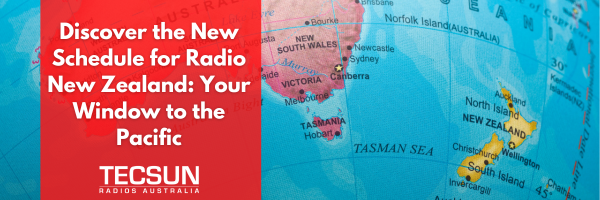
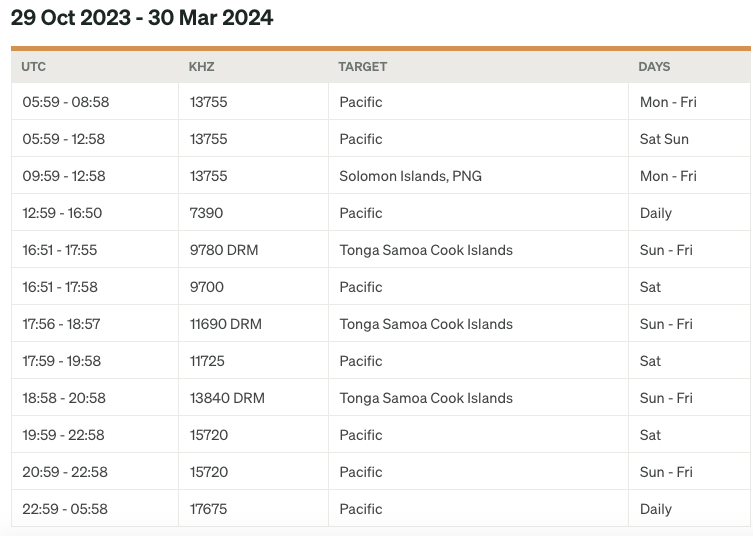
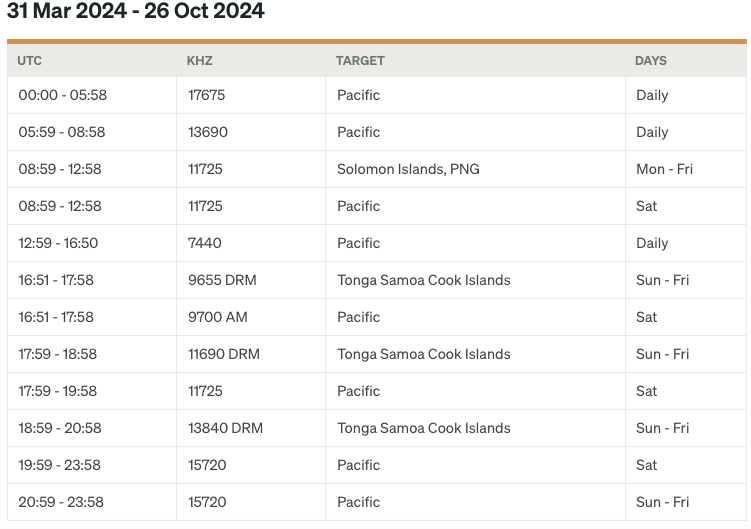





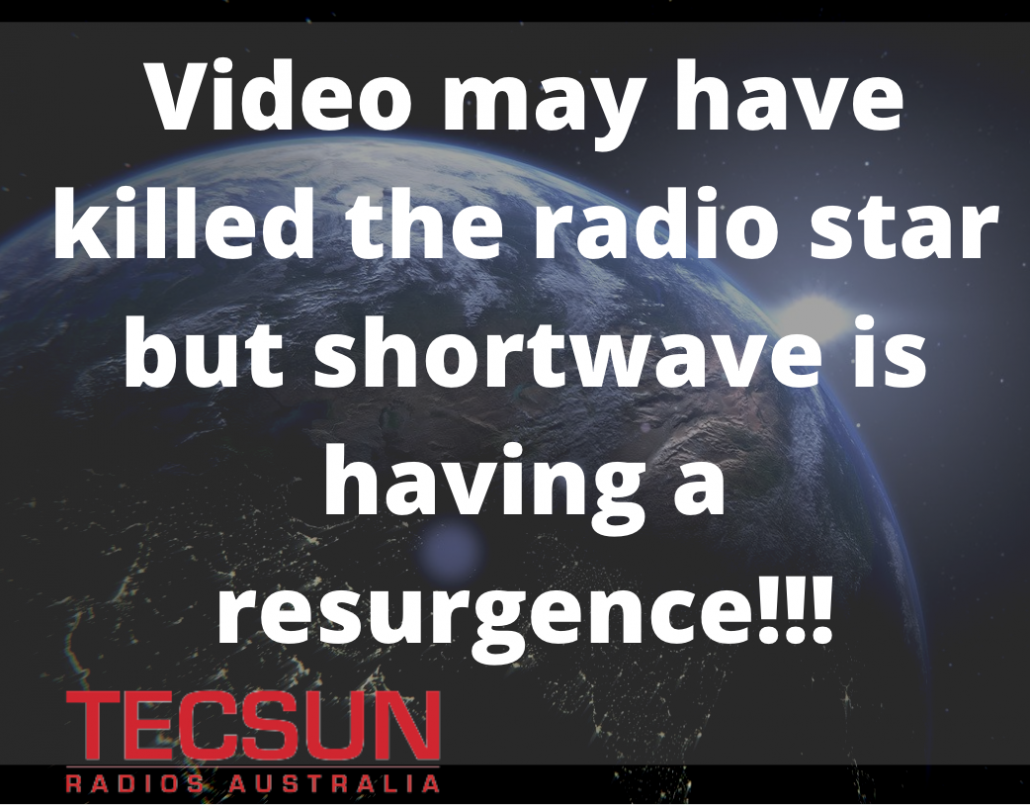 Shortwave radio, the original and most crucial form of radio communication in our history,
Shortwave radio, the original and most crucial form of radio communication in our history, 